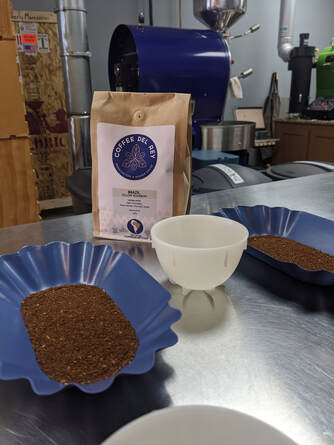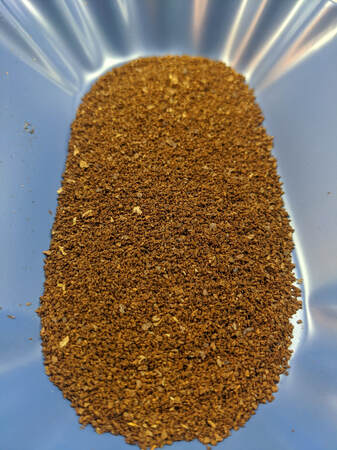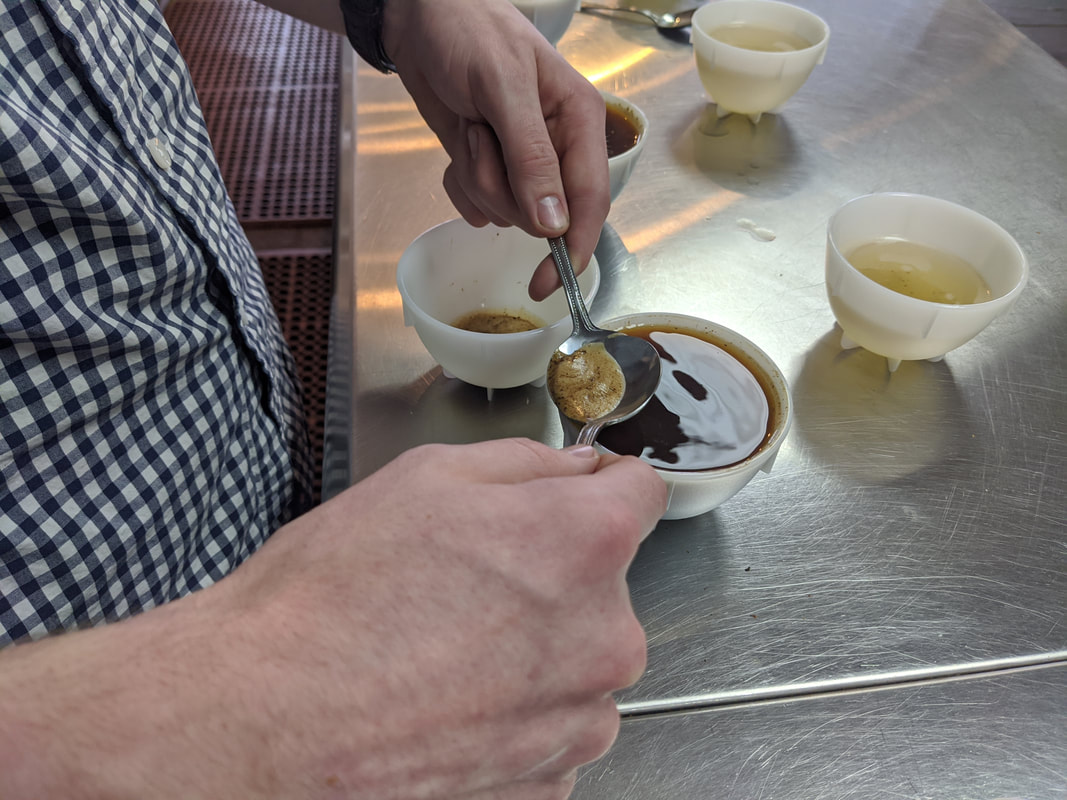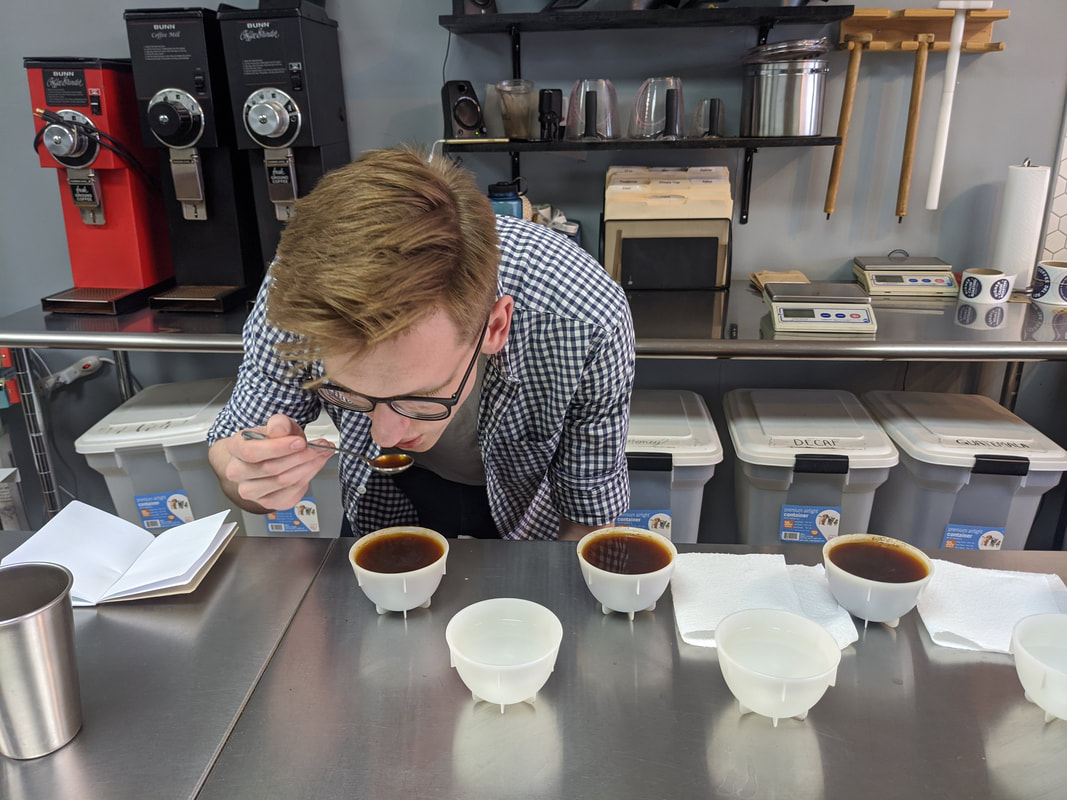|
11/27/2019 1 Comment Why Grind Fresh?
1 Comment
11/2/2019 2 Comments Coffee Processing MethodsAfter the coffee cherry is picked, it needs to be processed before we receive it at our roastery. There are a few different ways of doing this, and they each can impact the flavor of the coffee.
Washed - The most common processing method. Once the coffee is picked at it's peak of ripeness, they are sorted and de-pulped, taking off the majority of the fruit around the coffee seeds (beans). From there, they sit fermenting in large tubs for 24-48 hours. This allows natural bacteria to eat off any remaining fruit on the seeds. Then, the coffee is soaked in water for 8-10 hours. This allows the unripe seeds to rise to the top, while the good ones sink to the bottom. The farmers are able to skim off the bad ones as a level of quality control. The seeds are then dried, typically on raised beds for a couple weeks until they get to a moisture level of around 11% before they are bagged and shipped. Washed coffee typically leaves the coffee with a clean taste, and is a great representation of the seed’s flavor. This is most common in the Americas. Natural - Using no water, the coffee cherries are picked and then laid out on raised beds under the sun. There, they shrivel like raisins and the seeds absorb a lot of the fruitiness of the cherry. Unfortunately, since there isn't that level of quality control that the washed process has, some crops can taste almost dirty if not picked carefully. The cherry is then removed, bagged, and shipped. This is the oldest way of processing coffee, and it is more common in Africa. Honey - The hybrid process. This method takes the best aspects of washed and natural and combine them to create a delightfully complex coffee. Like the washed processed, the fruit is de-pulped, but there is no fermentation, so there is still a lot of mucilage left on the bean. This way, during the sun-drying process, some fruit is absorbed in the seed, but still is very clean in taste. There are different levels of Honey Processing, including Yellow Honey, Red Honey, and Black Honey; indicating the amount of mucilage left on the bean. These are other methods, such as Pulped Natural and Semi-Washed, but Washed, Natural, and Honey are the most common. DISCLAIMER: Each farm does it their own way, so these descriptions are general. Don't get caught up in the details. |
Search by typing & pressing enter





 RSS Feed
RSS Feed